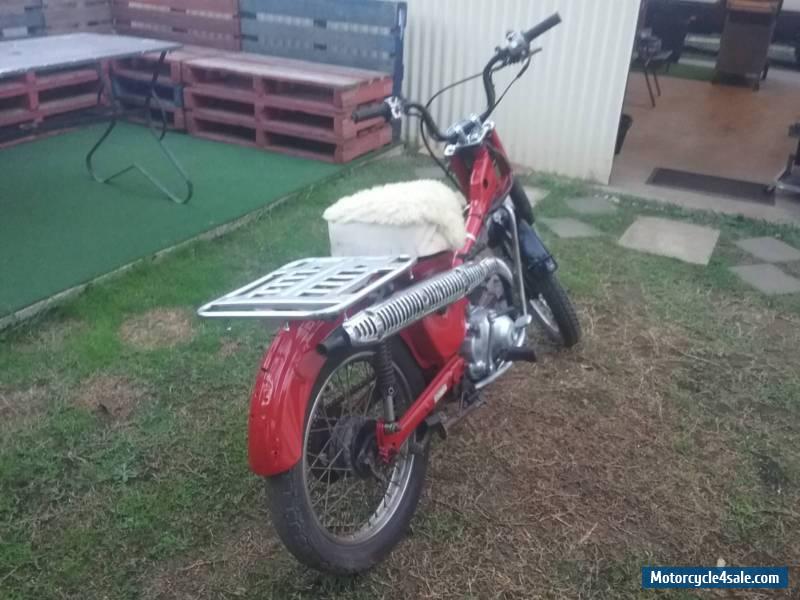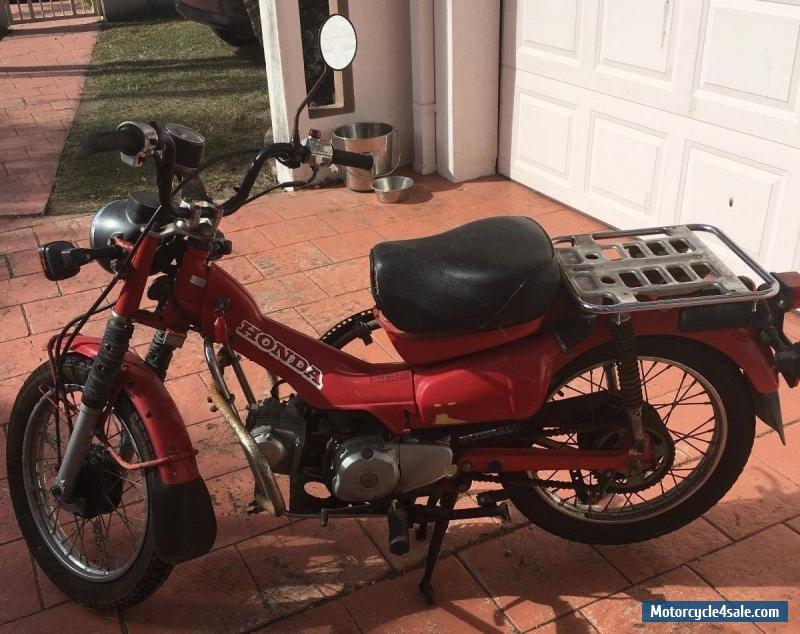
They were easy to ride, and it was hard to hurt yourself aboard one. But for people who wanted an easy-to-ride bike for unpaved roads around the cottage, or usability on logging roads during hunting season or something else like that, the CTs were perfect. Naturally, hard-core enthusiasts preferred something with better suspension and more horsepower (the CT110 made about 7.5 horsepower and 6 lb-ft of torque, and it was the highest-powered of the lot!). Once you were out on pavement, and expecting higher speeds, you could shift the whole bike into high range, with another four speeds available there.Īdd in the low seat height of 29 inches, excellent fuel economy and generally rugged and utilitarian nature of the CT series, it’s no wonder that all these bikes were popular with a ride range of riders. For tough offroad work, you could shift the whole bike into low range, with four speeds available there. The CT110 came with a 105-cc air-cooled engine, and a four-speed, dual-range gearbox. Yeah, as far back as the 1960s, Honda was fixated on the “easy-to-ride” idea that continues in its lineup today, with the auto-shifting DCT-equipped Africa Twin.

These all had air-cooled, horizontally-mounted engines with foot shifter, but no clutch required. Here in North America, the most common examples were probably the CT70 (known as the Dax, in other markets), the CT90 and the CT110, the last of the series. Although there were various displacement options, the general idea was a ruggedized, stripped-down bike based on the Super Cub platform. Honda saw that, liked the idea, and began offering the CT series. The CT lineup debuted in the 1960s, supposedly first as dealer-modified Cub step-throughs. Photo: SmartCycleGuide In the beginning was the Cub Obviously based on the Super Cub design, but much more rugged for offroad usability. And why not? They might have been a bit of a confusing machine, but the CT lineup, particularly the later CT110 models, were super-practical and super-fun. I don’t remember the conclusion of our back-and-forth, but I do remember we had a Honda CT70 enrolled in the next year’s rally, so we must have eventually determined that no matter whether these were scooters or motorcycles, they were OK to run in the MBSR. I disagreed-surely the weirdo frame configuration, semi-auto gearbox and smallish single-cylinder engine would qualify it as a scooter in spirit, at least? I thought it was no big deal, but ‘is Editorship disagreed. Then we got an email from a prospective competitor, who wanted to attend the rally on his Honda CT110. The rulebook changed every couple of years, and at one point, we were discussing a complete ban on small-cc motorcycles.

About a decade ago, when I was in my early days at Canada Moto Guide, Editor ‘Arris and I were discussing the rules for the Mad Bastard Scooter Rally (look it up here).


 0 kommentar(er)
0 kommentar(er)
